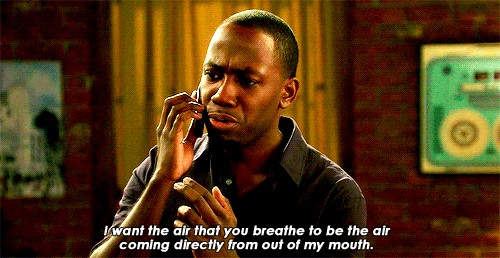
Don’t Read the Comments
Author: Eric Smith
Publication Date: January 28, 2020
Publisher: Inkyard Press
ISBN: 9781335016027
Don’t Read the Comments by Eric Smith is a fun quick read!
At first, I was concerned that this story would only appeal to gamers, with terms like doxxing, trolling, and streaming. (Doxxing–or doxing–means, according to Google: “searching for and publishing private or identifying information about a particular individual on the Internet, typically with malicious intent.”) But even with gaming description and terminology, this story will appeal to all fans of young adult literature.
With diverse characters, a captivating plot, and unique settings, Don’t Read the Comments kept my attention from the first to the last page!
I enjoyed almost all the characters, except for Divya’s mom. She relied on Divya too much and had huge blinders on when it came to Divya’s needs. And, actually, Aaron’s mom, too, was not my favorite. I wanted at least one mom who encouraged and facilitated their child’s dreams. But the story wasn’t necessarily about the moms. It was about the teens who wanted to enjoy and pursue their online gaming experiences without being harassed by stupid Internet trolls. Seriously, don’t those people have better things to do with their time?! They need a worthwhile hobby or a team sport to better utilize their energy! I do wish the characters had been developed a bit more with richer, fuller arcs. Specifically, I wanted Rebekah’s inner demons resolved. Aaron, by far, was my favorite character!
The sections that feature gaming details read like a science-fiction novel. It was fun to have a sci-fi element embedded within a contemporary novel. For example: “With a hum, the landing pads extend, emitting a soft rumbling under my feet.”
However, some of the gaming references and details felt like commercials for products. “…plugins courtesy of Samsung.”
If language matters to you, there are a few f-words spattered throughout, but overall there are minimal cuss words.
There were sections that made me gasp. Such as the moment Divya realizes just how close the trolls have gotten to her in the real world: “I click it. It opens. And I see a photograph of my apartment building. My breath catches in my throat. How? How could this have happened?”
Overall, I highly enjoyed Don’t Read the Comments by Eric Smith. The writing is terrific and the story is fun.
Description from the Publisher:
Two teen gamers find their virtual worlds—and blossoming romance—invaded by the real-world issues of trolling and doxxing in the gaming community.
Divya Sharma is a queen. Or she is when she’s playing Reclaim the Sun, the year’s hottest online game. Divya—better known as popular streaming gamer D1V—regularly leads her #AngstArmada on quests through the game’s vast and gorgeous virtual universe. But for Divya, this is more than just a game. Out in the real world, she’s trading her rising-star status for sponsorships to help her struggling single mom pay the rent.
Gaming is basically Aaron Jericho’s entire life. Much to his mother’s frustration, Aaron has zero interest in becoming a doctor like her, and spends his free time writing games for a local developer. At least he can escape into Reclaim the Sun—and with a trillion worlds to explore, disappearing should be easy. But to his surprise, he somehow ends up on the same remote planet as celebrity gamer D1V.
At home, Divya and Aaron grapple with their problems alone, but in the game, they have each other to face infinite new worlds…and the growing legion of trolls populating them. Soon the virtual harassment seeps into reality when a group called the Vox Populi begin launching real-world doxxing campaigns, threatening Aaron’s dreams and Divya’s actual life. The online trolls think they can drive her out of the game, but everything and everyone Divya cares about is on the line…
And she isn’t going down without a fight.
…
[I received an early copy from the publisher via Net Galley in exchange for an honest review. This in no way influenced my opinion.]




